Euphorbiaceae is a complex hetero-geneous family consisting of about 322 genera and 8900 species in the world. In India, this family is represented by 73 genera and 410 species. The family is essentially tropical and occurs in diverse habitats from arid regions to humid tropics. As a result, the plants of this family have developed various life forms from herbs, shrubs, stunted succulents to tall canopy trees. Several important economic as well as medicinal plants, such as rubber, cassava, castor, tung oil, phyllanthus emblica, P. amarus, etc. are found in this family. Jatropha curcas (Barbados nut, physic nut) has recently become economically very important as the oil from the seeds of this plant can be used as a non-polluting substitute for automobile fuels. Large scale cultivation of this species is being undertaken in India. The one and only comprehensive taxonomic treatment of the family for India was that of J.D. Hooker (in flora of British India, Vol. 5) published in 1987-88. Since then, the family has been dealt with in several regional floras in India. A few genera have been taxonomically revised on All-India basis or regional basis. The intensive botanical explorations conducted by Botanical Survey of India since 1956 added several new species, new varieties and new records for India. Further, there are several short papers published in recent years on nomenclature and taxonomy. Considerable work has been done in India, on anatomy, cytology, embryology, ethnobotany, palynology and phytochemistry of selected genera during the last 50 years. However, nobody has so far attempted a complete taxonomic revision of the family for India during the last 118 years. Under the ambitious flora of India project initiated in the year 1986 by Botanical Survey of India, the present authors took up the family for taxonomic revision. After years of sustained work, in association with a few research scholars, it has been possible now to present a complete revision of the family. This is the first comprehensive taxonomic account of the family made to facilitate the research workers on this family in India and neighbouring countries. A detailed floristic revision of the family with full description of the species will be published soon in Volume 23 of Flora of India. However, as a precursor, we are now presenting in this book a synopsis of the family. The first part of this work includes an introduction containing history, general morphology, anatomy, cytology, embryology, palynology, phytochemistry, pollination, dispersal, distribution and a chapter on the economically and medicinally useful species with their vernacular names and uses. This is followed by a taxonomic treatment of the family where the Indian taxa up to specific and infraspecific levels are provided with keys for easy identification. Descriptions are provided for the family, subfamilies, tribes and genera. For each taxon essential nomenclatural citations, types and distribution within India and world are indicated. A detailed bibliography is included, which not only indicates references cited in the text, but also includes several other references having relevance to the study of Indian Euphorbiaceae. Colour photographs of selected species have been included. This book will help all future workers of the family in India and adjacent countries an easy tool for identification up to specific level and a guide to relevant literature on all aspects of the family.
Flora of India: Loranthaceae-Daphniphyllaceae, Volume 23
Contents: Acknowledgements. ...
$88.20
$98.00


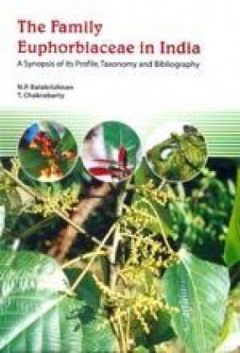
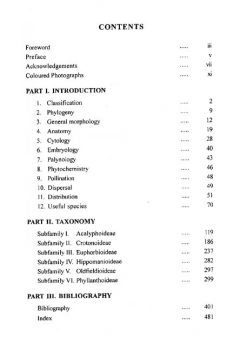
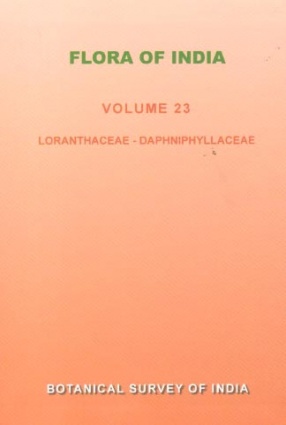
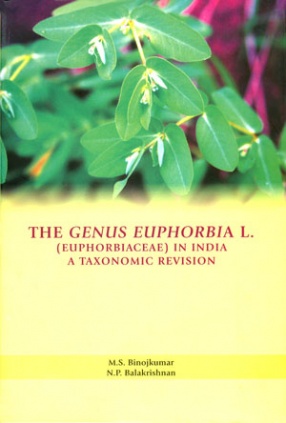

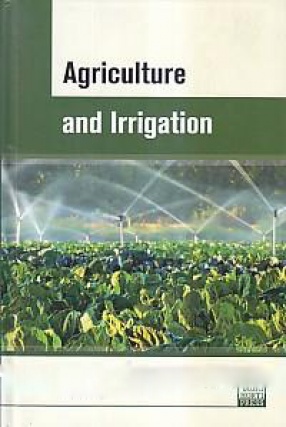

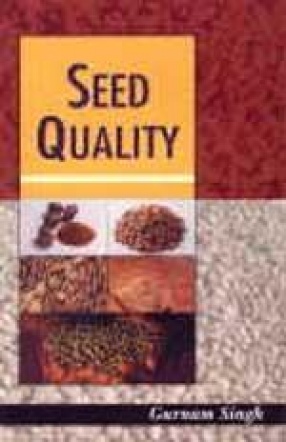
There are no reviews yet.